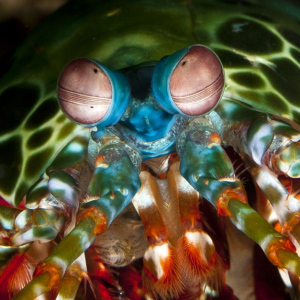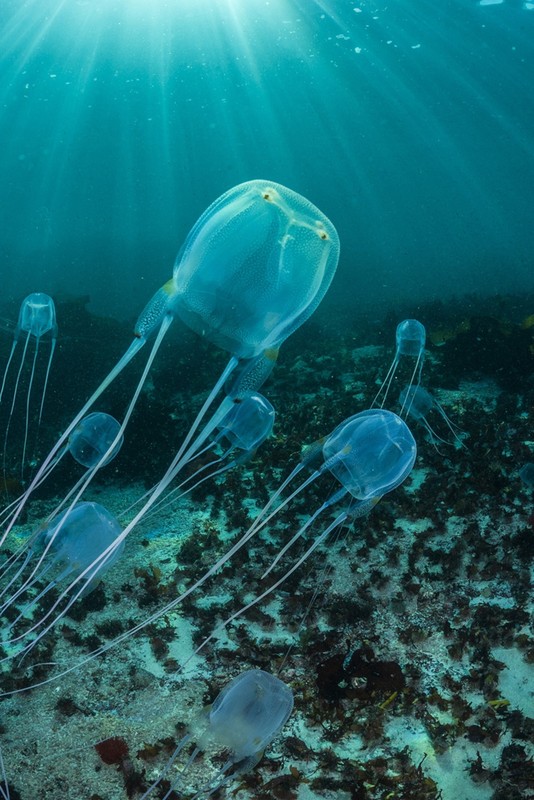
Box jellyfish: They are believed to be responsible for many mysterious swimmer deaths around the world. This is because some species produce extremely potent and powerful toxins that attack the heart, nervous system and even skin cells. Death can come very quickly, with some swimmers going into shock and drowning, or dying of heart failure before they can reach shore. Photo: National Geographic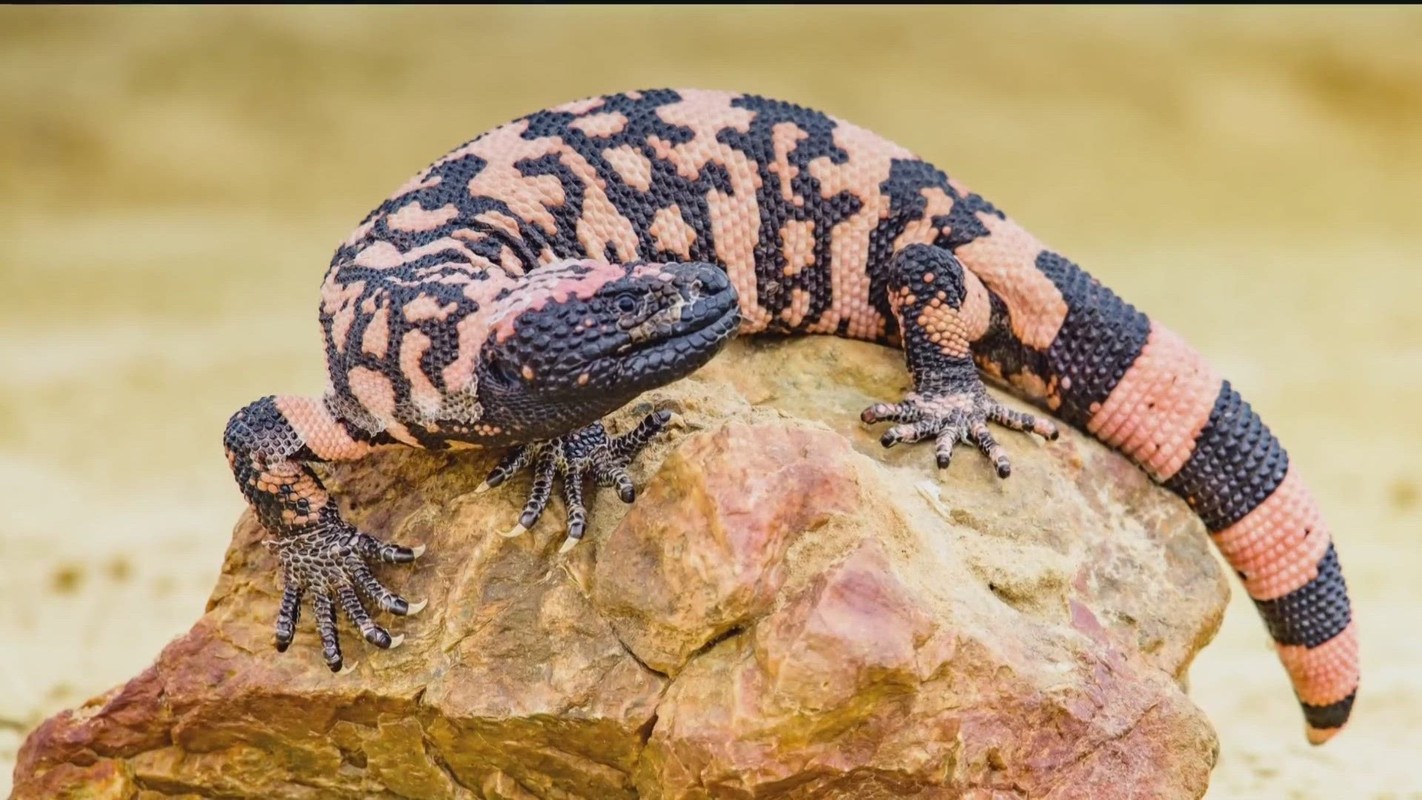
Gila monster (Heloderma suspectum): The bite of the Gila monster, a venomous lizard native to the United States and Mexico, is considered the most painful bite of any vertebrate. One journalist who had the misfortune of getting too close described it as “like hot lava flowing through your veins.” Photo:9News
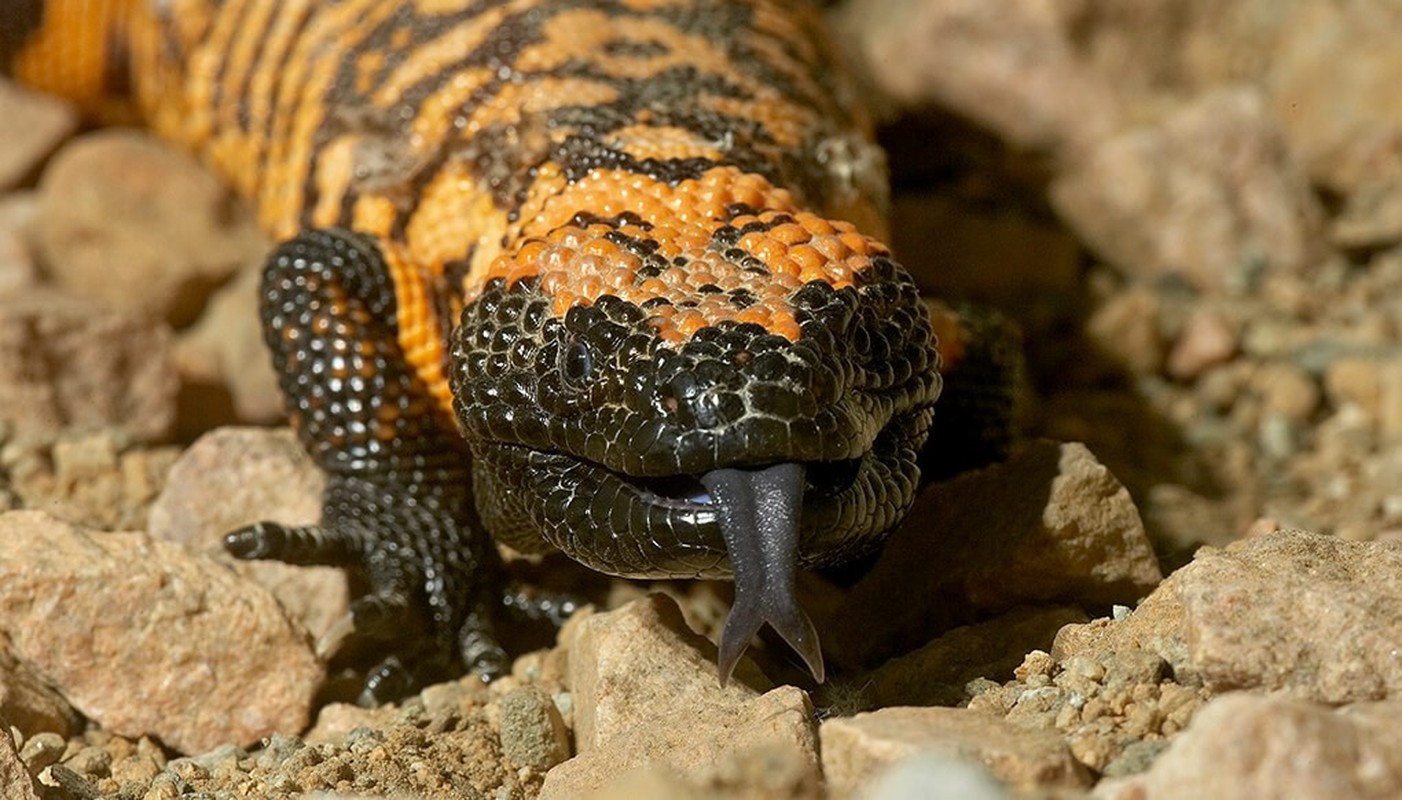
Although very painful, no bite has ever been known to be fatal to humans. The mildly neurotoxic venom produced in the lizard’s salivary glands contains a hormone that could be used to treat type 2 diabetes in humans. Photo: San Diego Zoo Wildlife Explorers

Sydney funnel-web spider (Atrax robustus): The funnel-web spider – one of the world’s most dangerous spiders – produces a venom that is extremely potent against humans and many other primates. Photo: Australian Museum
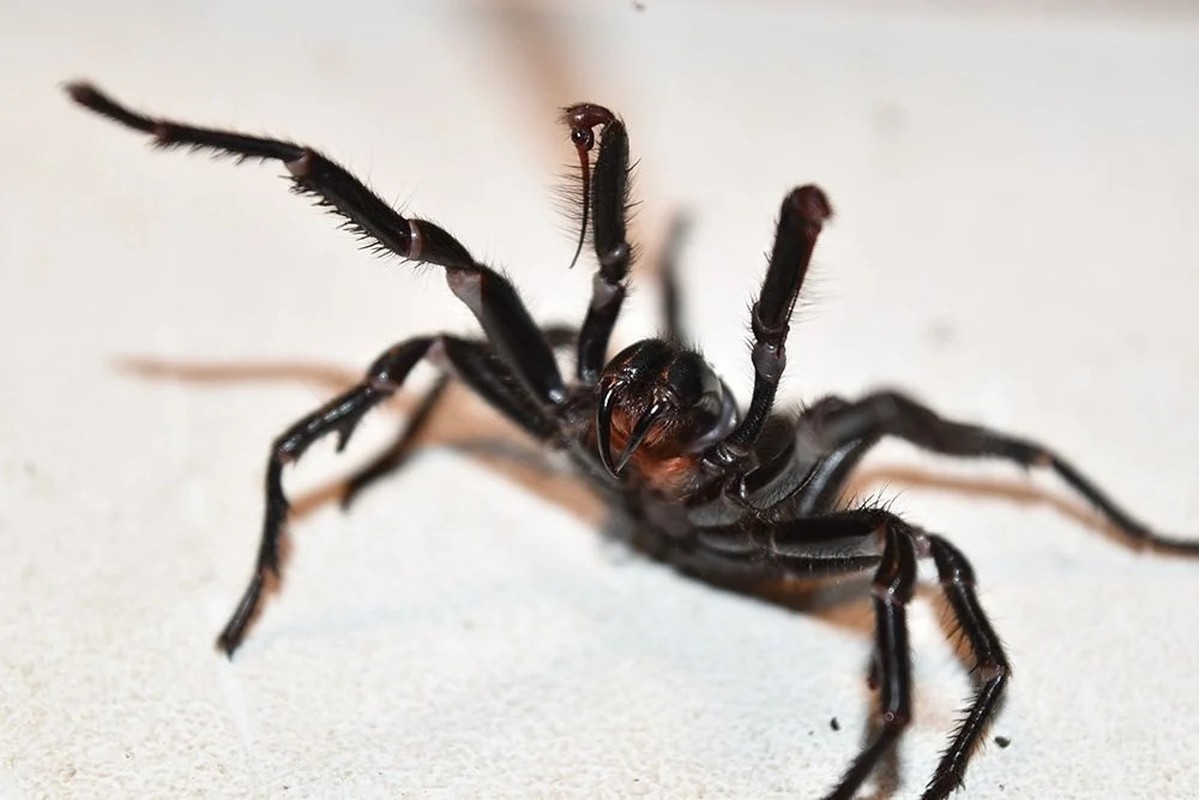
While this venom is usually deadly, it can also save lives. Scientists have discovered that a specific molecule found in the venom could be used as a treatment for a heart attack that can prolong the duration of the attack, blocking the ‘cell death message’ and preventing further damage. Photo: Australian Geographic
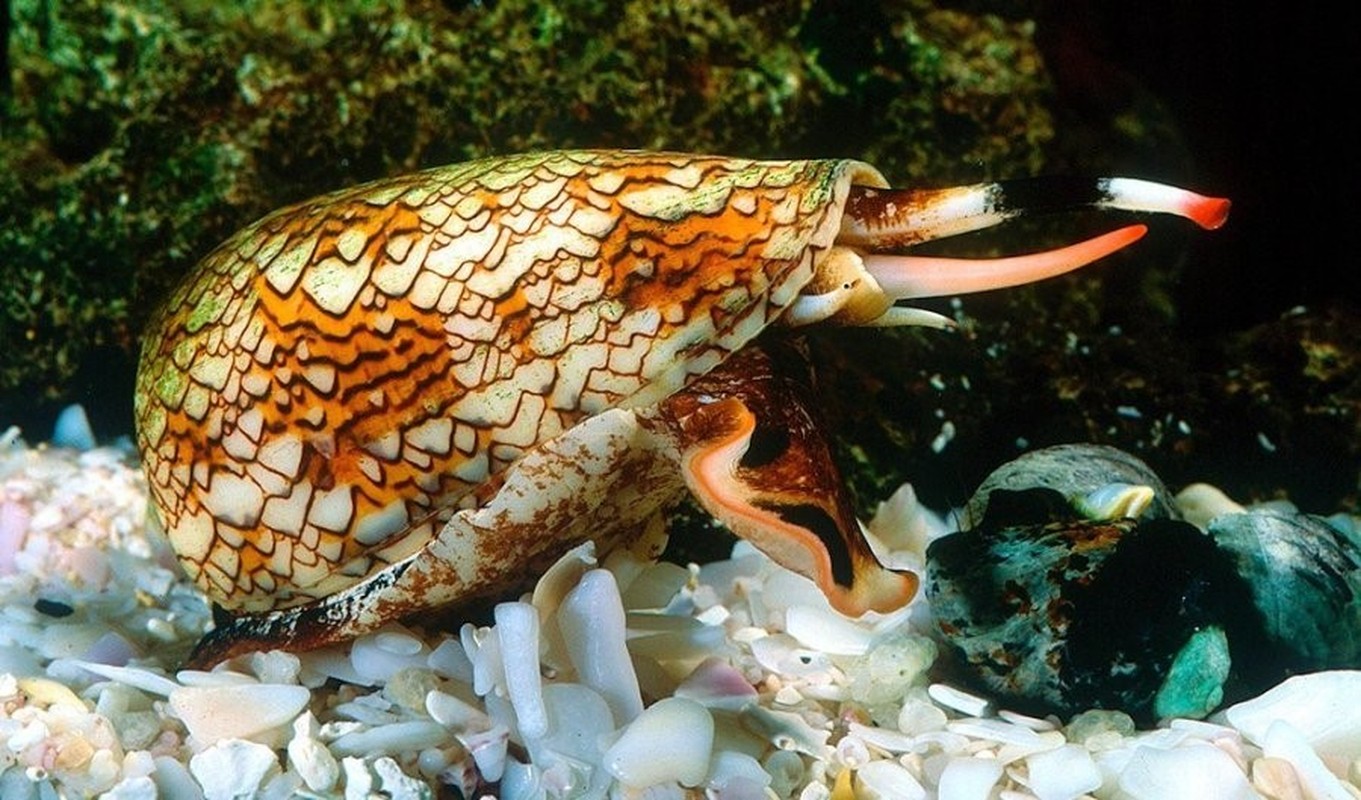
Cone snails: One of the most dangerous animals in the sea, they live on the sea floor and hunt fish by firing a hollow ‘harpoon’ filled with venom, paralyzing their prey. The snail then opens its mouth and sucks the prey inside. Photo: Australian Geographic
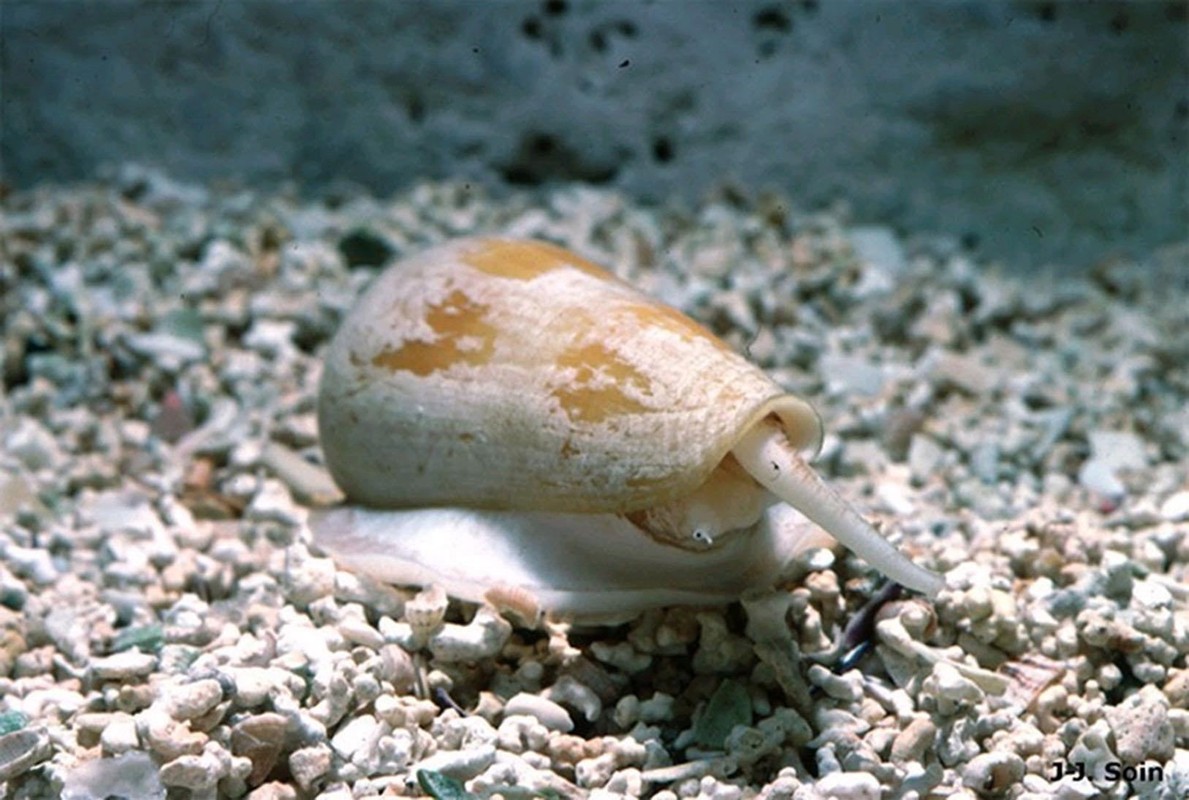
The venom of the cone snail is so potent that it can cause respiratory failure, muscle paralysis, impaired vision and even death in humans. Photo: The Independent
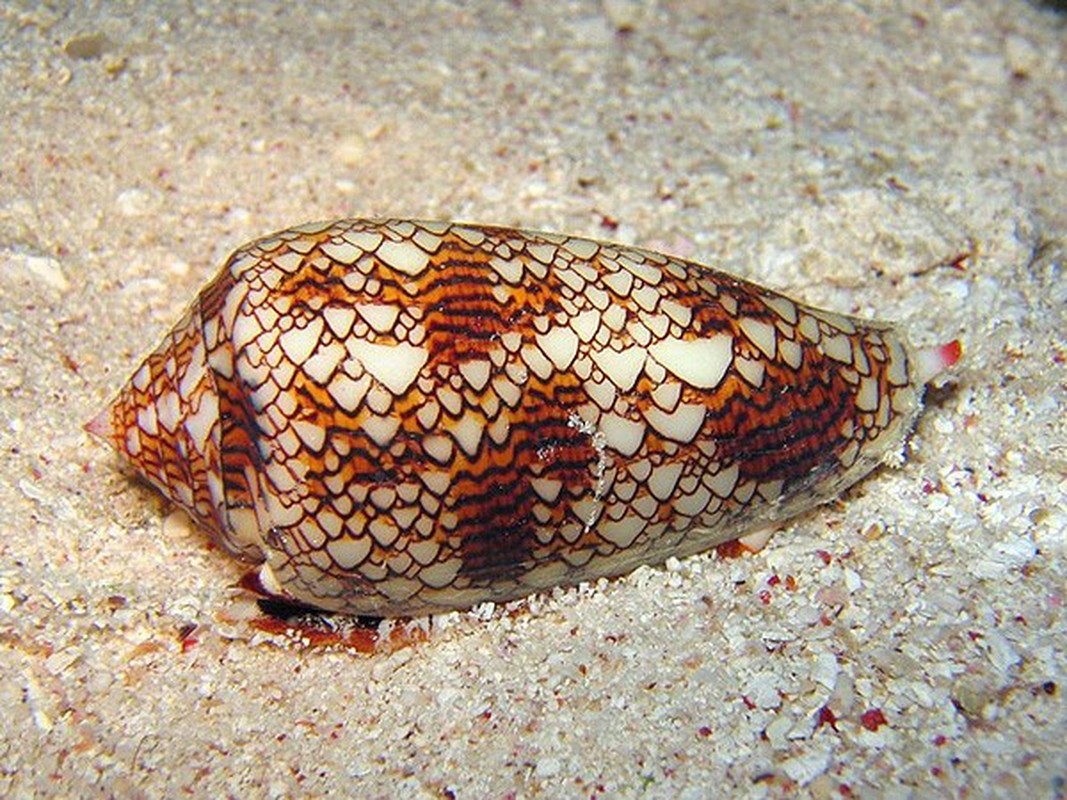
However, cone snail venom has medical benefits. Scientists have isolated a special toxin from the cone snail and created a painkiller many times more powerful than morphine. Other components of the venom are currently being studied for use in treating conditions such as Alzheimer’s and epilepsy, as well as pain relief for cancer and HIV patients. Photo:Aquarium of the Pacific

Stonefish: With their patchy camouflage and habit of hiding in the muddy or rocky bottoms of their marine environments, they are easy to step on. Contact will result in a sting from one of their needle-like dorsal fin spines. The sting is extremely painful and can even be fatal. However, the fish is edible after its venomous spines are carefully removed and is even considered a delicacy in some parts of Asia. Photo:Siladen Resort
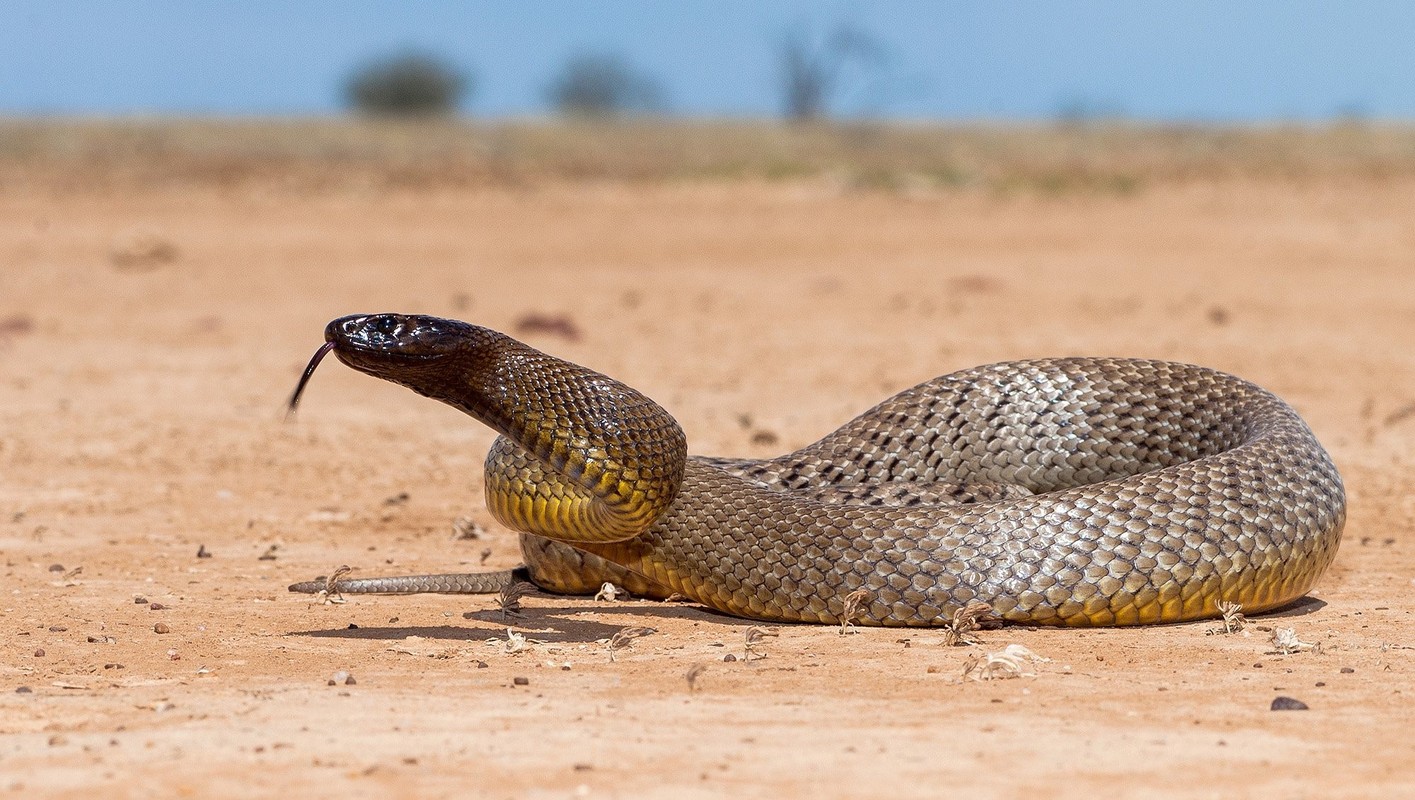
Inland Taipan (Oxyuranus microlepidotus): The most venomous snake in the world is the inland taipan, which is endemic to central-eastern Australia. It has the highest average fatality rate of any snake. However, it is quite shy and rarely attacks humans, so it is not really the most dangerous. Photo: Australian Geographic
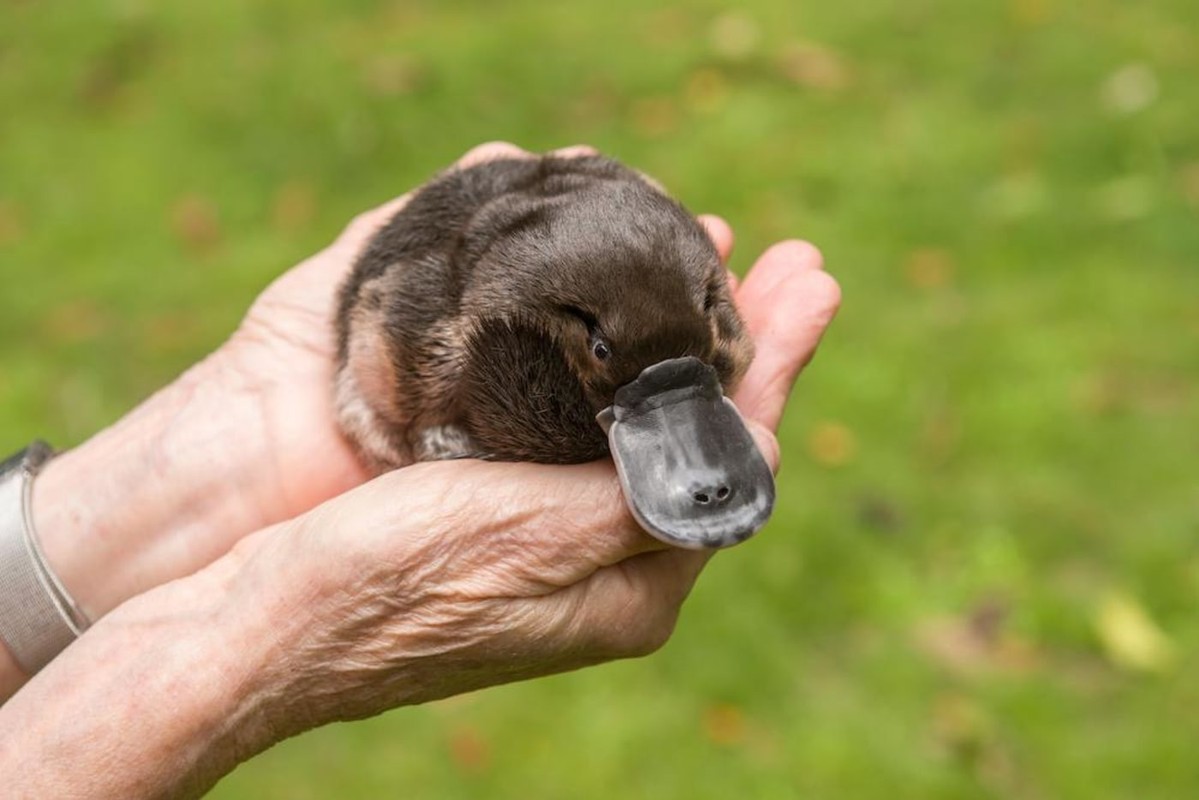
Platypus (Ornithorhynchus anatinus): This extraordinary mammal defends itself with venomous spurs on its ankles. While not fatal to humans, the platypus’ venomous kick is said to be very painful and powerful enough to paralyze and kill smaller animals, including dogs. Photo: WWF Australia
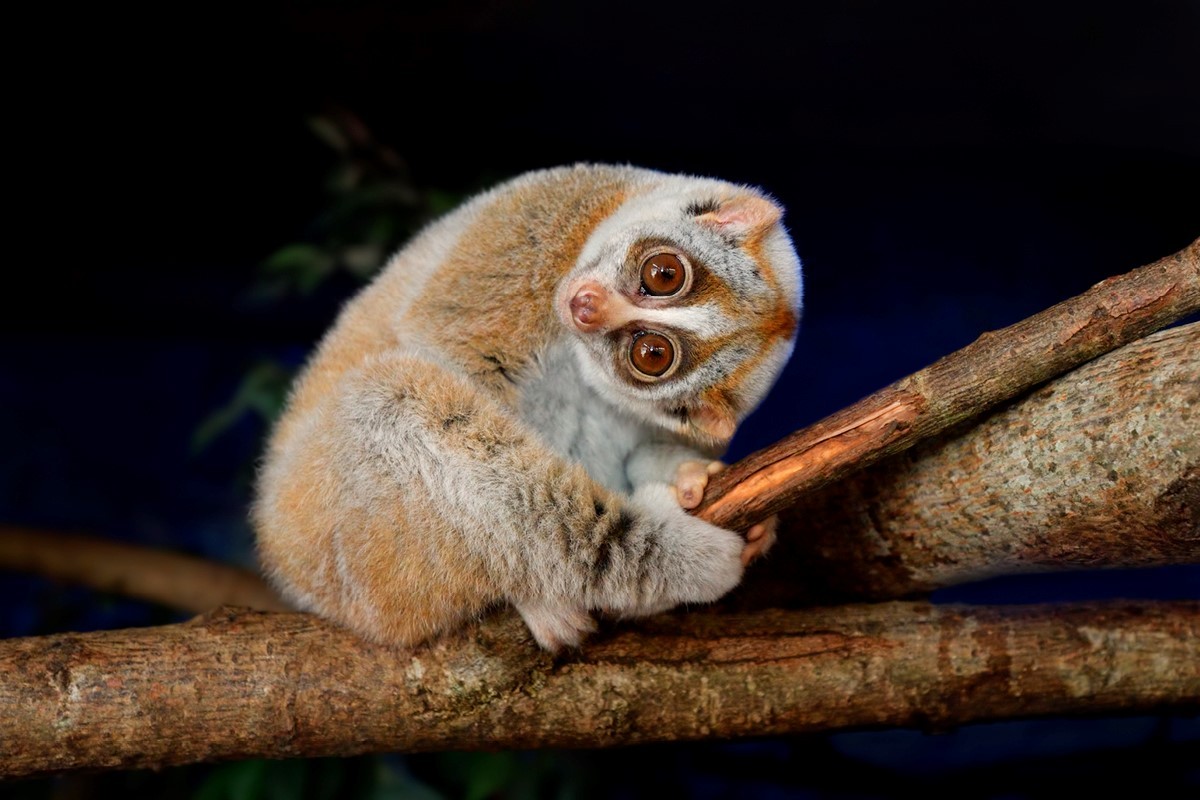
Pygmy loris: Cute looking, pygmy loris are the only venomous primates known to date. The venom is activated by combining an oil secreted from a gland in their upper arm with their saliva. They rub the venom into their fur as a defence or use it in a bite. Photo:BBC Science Focus
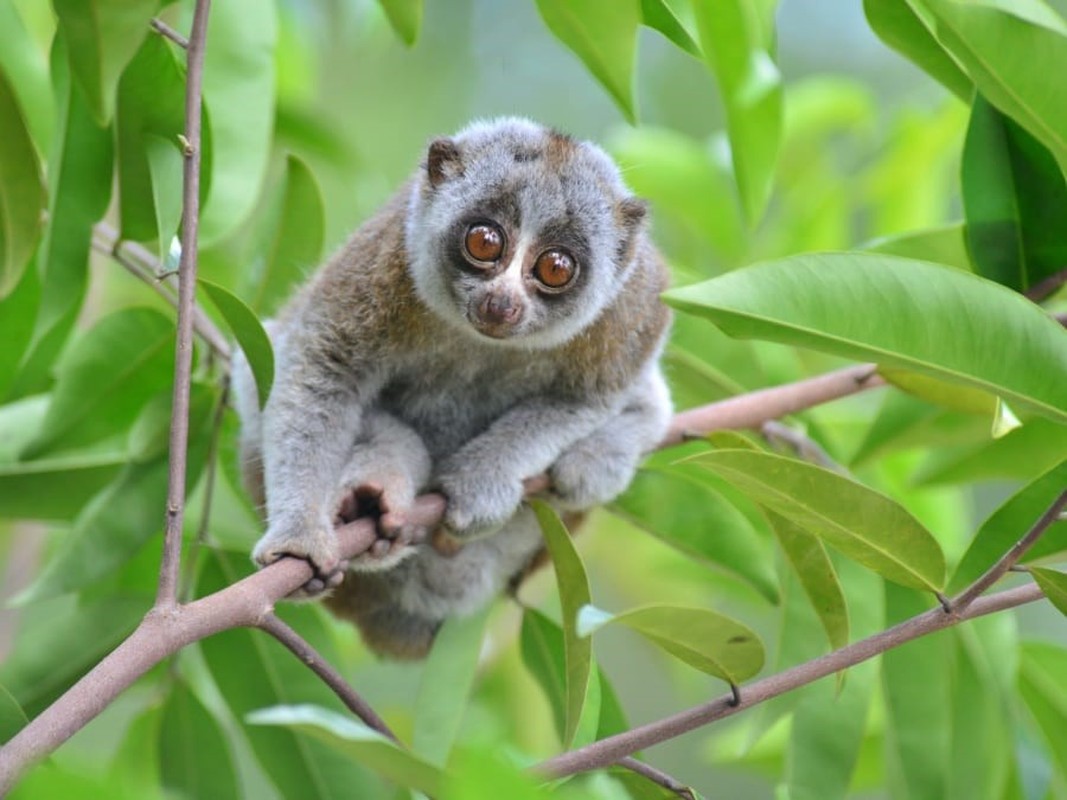
Sadly, the slow loris’s toxicity leads to poor treatment in the illegal pet trade, as animal traders often remove their front teeth to hide the fact that they have a poisonous and painful bite. Photo:RoundGlass Sustain
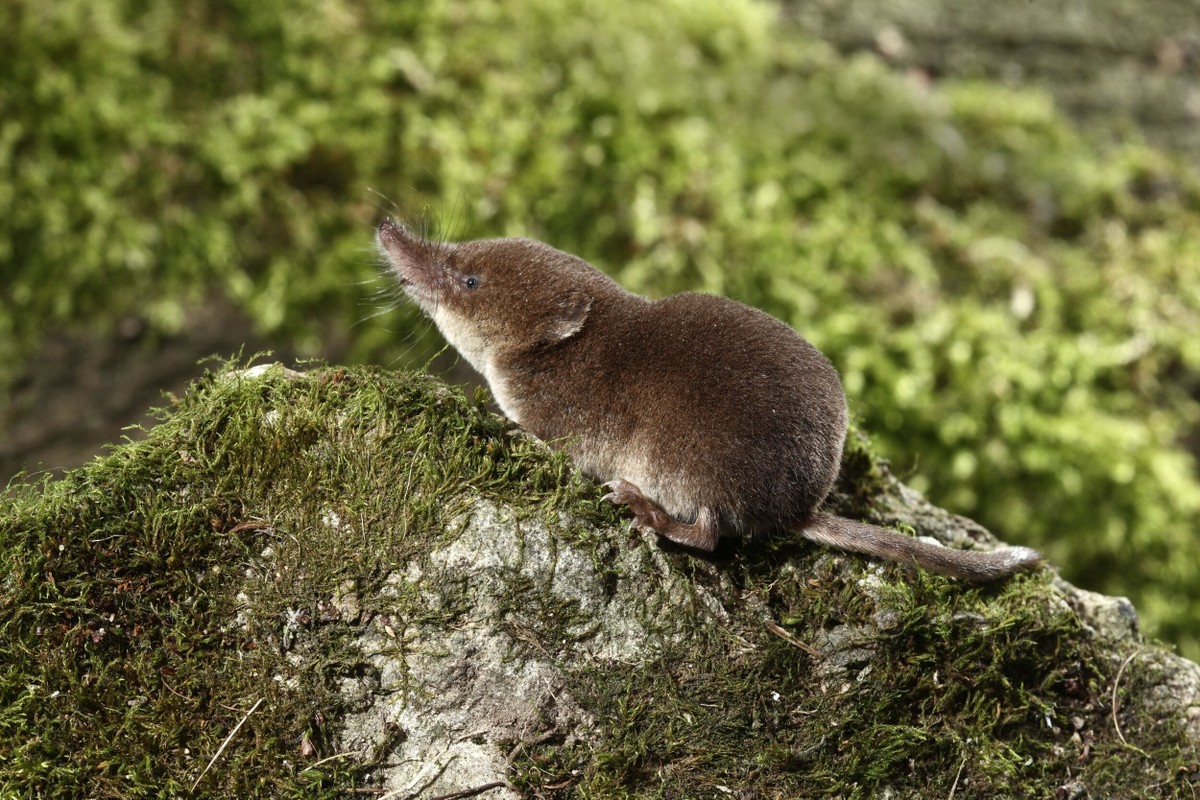
Shrews (family Soricidae, including Blarina brevicauda): They use their bite to paralyze and subdue their prey, and the venom flows from a specialized duct at the base of their incisors and along grooves in their teeth. Photo: Small Mammal Group
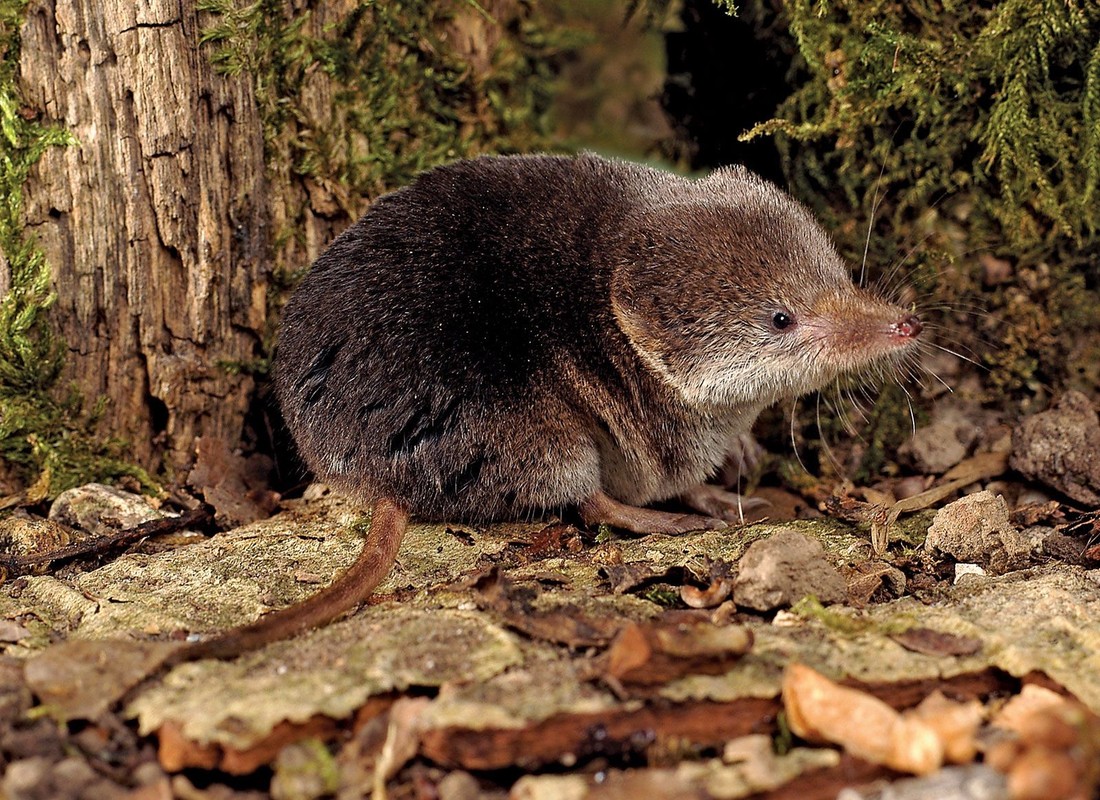
Interestingly, the venom of the northern short-tailed shrew is very similar to that of the Mexican bead lizard, a close relative of the Gila monster, and is also medically useful, with one component being studied for use in the treatment of ovarian cancer. Photo:Britannica
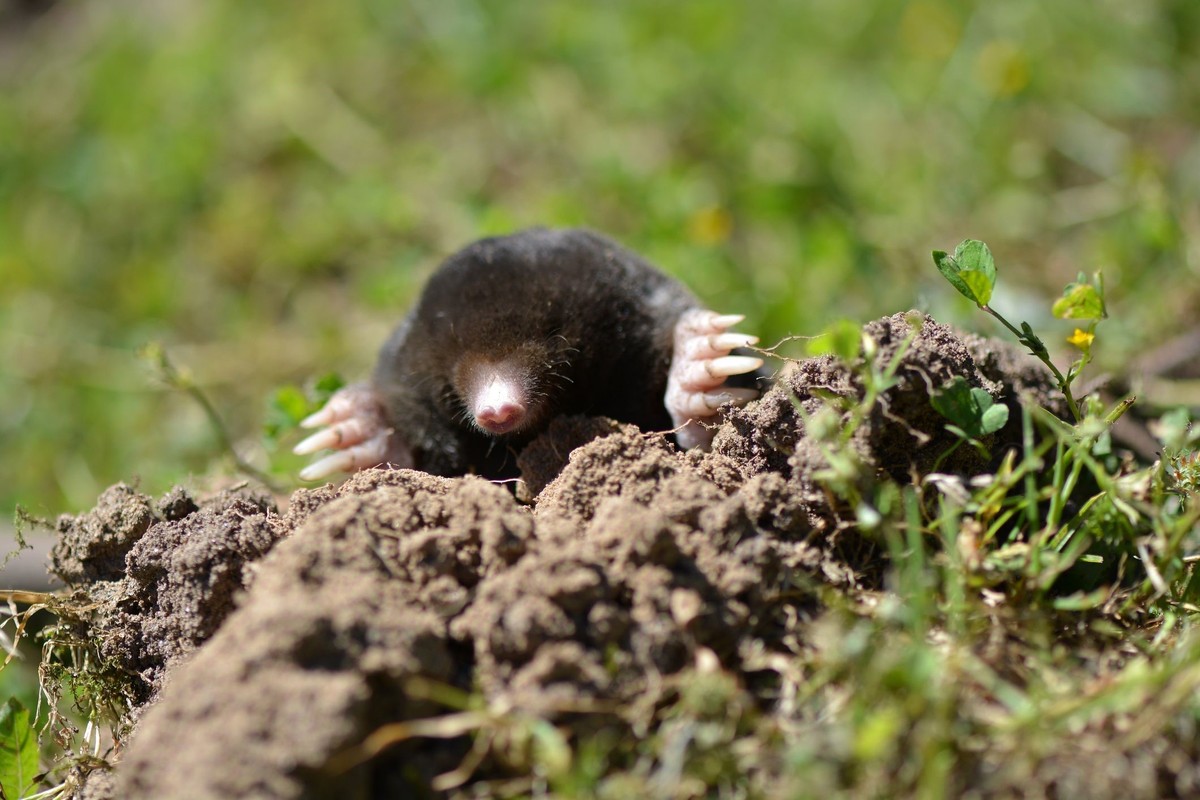
European mole (Talpa europaea): Like shrews, moles use toxic saliva to paralyze and subdue their prey – mainly earthworms. This allows them to store fresh, live food for consumption. Photo:Popular Mechanics




